In the realm of daily routines, brushing your teeth often falls into the category of tasks we do without much thought. We grab our toothbrush, squeeze some toothpaste, and scrub our chompers for a seemingly arbitrary amount of time before rinsing and calling it a day. However, the duration of our brushing sessions is far from inconsequential. It’s a crucial factor that significantly impacts our dental health, influencing everything from cavity prevention to gum disease risk. In this article, we delve into the science behind controlling your brushing time, why it matters, and how mastering this seemingly mundane aspect of oral hygiene can lead to a lifetime of healthier teeth and gums.
The Importance of Brushing Duration
The primary goal of brushing your teeth is to remove plaque, a sticky film of bacteria that forms on teeth and gums. Left unchecked, plaque can harden into tartar, irritate gums, and eventually lead to tooth decay and gum disease. The American Dental Association (ADA) recommends brushing your teeth at least twice a day for two minutes each session. This duration ensures a thorough cleaning that targets all surfaces of the teeth and the gum line, helping to disrupt the bacterial colony before it can cause harm.
But why exactly two minutes? This recommendation isn’t arbitrary. It’s based on extensive research that has shown that this timeframe is generally sufficient for most individuals to effectively clean their teeth using proper techniques. However, it’s important to note that the quality of brushing also matters; simply spending two minutes with improper techniques won’t yield optimal results.
Understanding Proper Brushing Techniques
To make the most of your two-minute brushing sessions, it’s essential to adopt proper brushing techniques. Here are some key steps to follow:
- Angle Your Brush Correctly: Hold the toothbrush at a 45-degree angle to the gums, where the teeth and gums meet. This position allows the bristles to effectively clean both the tooth surface and the gum line.
- Use Gentle Pressure: Scrubbing too hard can wear down tooth enamel and irritate gums. Instead, use gentle, circular motions to clean each tooth.
- Focus on All Surfaces: Don’t forget to brush the chewing surfaces, the fronts, and the backs of your teeth. Use short, back-and-forth strokes for the chewing surfaces and gentle circular motions for the fronts and backs.
- Brush Your Tongue and Cheeks: Bacteria can also accumulate on your tongue and the inside of your cheeks. Gently brushing these areas can help reduce bad breath and maintain overall oral health.
- Floss Daily: While not part of brushing, flossing is equally important for removing food particles and plaque stuck between teeth, which a toothbrush can’t reach.
Timing Your Brushing Routine
Now that you know the importance of brushing for two minutes and the proper techniques, how do you ensure you’re hitting that mark each time? Here are a few strategies to help you keep track:
- Use a Timer: Invest in an electric toothbrush with a built-in timer. Many models have a two-minute timer and even quad pacing features that alert you to move to a different section of your mouth after 30 seconds.
- Sing a Song: Find a catchy tune that’s about two minutes long. Whether it’s your favorite childhood melody or a current pop hit, singing along while you brush can make the time fly by and ensure you meet the recommended duration.
- Use an App: There are several dental health apps available that offer brushing timers, reminders, and even tips on proper technique. These can be a great way to stay on track, especially if you’re prone to forgetting or rushing through your routine.
- Set an Alarm: If you prefer a low-tech solution, simply set a timer on your phone or use a kitchen timer. Place it where you can see it while brushing to remind you to keep going until the bell rings.
Overcoming Common Barriers
Despite knowing the importance of brushing for two minutes, many people still struggle to stick to the recommendation. Here are some common barriers and tips to overcome them:
- Lack of Time: Busy schedules can make it tempting to cut corners on oral hygiene. Prioritize brushing by scheduling it during times when you’re less likely to be rushed, such as first thing in the morning or before bed.
- Boredom: Brushing can feel monotonous, especially if you do it the same way every day. Mix up your routine by trying different brushing techniques or switching up your toothpaste flavors.
- Forgetfulness: Use visual cues, like sticking a note on your bathroom mirror or setting reminders on your phone, to remind yourself to brush for the full two minutes.
The Benefits of Consistency
Adhering to a consistent brushing routine with the proper duration and techniques can yield numerous benefits, including:
- Cavity Prevention: Regular and thorough brushing removes plaque, reducing the risk of tooth decay.
- Gum Health: Cleaning the gum line helps prevent gingivitis and other gum diseases.
- Fresh Breath: Keeping your mouth clean reduces bacteria that cause bad breath.
- Overall Health: Good oral hygiene has been linked to better overall health, including reduced risk of heart disease, diabetes, and respiratory infections.
- Cost Savings: Preventive care through regular brushing can lead to fewer dental visits and treatments, saving you money in the long run.
Conclusion
Controlling your brushing time isn’t just about adhering to a random recommendation. It’s a critical aspect of maintaining optimal oral health. By dedicating two minutes each day to a thorough, proper brushing routine, you’re setting the foundation for a lifetime of healthy teeth and gums. Use the strategies outlined above to make tracking your brushing time easy and enjoyable. Remember, the small habits we cultivate daily can have a profound impact on our long-term health and well-being. So, next time you pick up your toothbrush, take a moment to appreciate the simple yet powerful act of brushing your teeth—it’s a small step towards a healthier you.

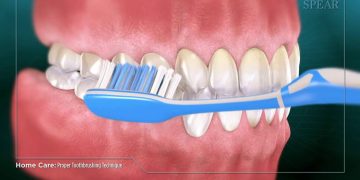
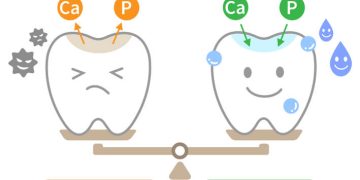
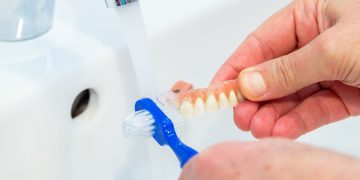




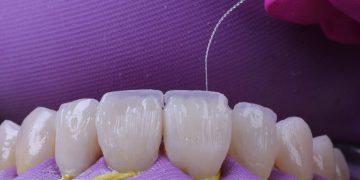
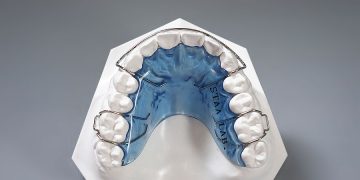

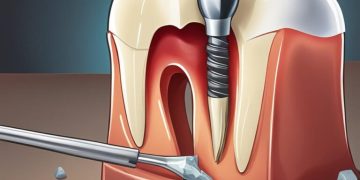
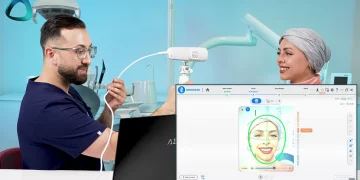
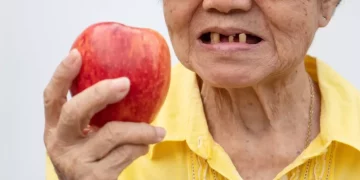

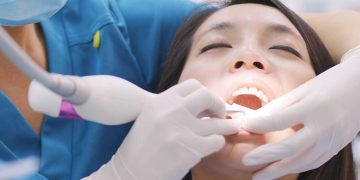

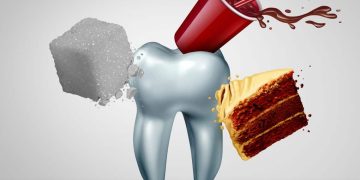







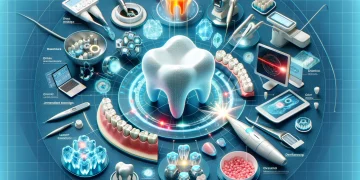



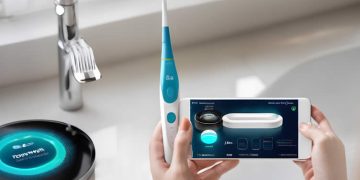

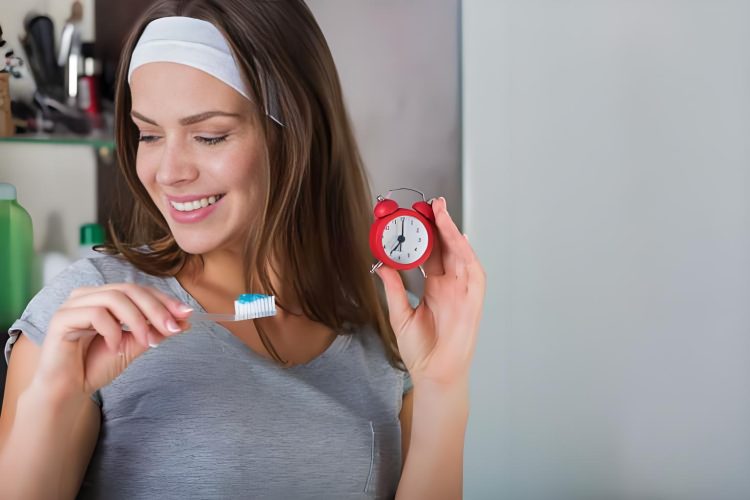













Discussion about this post